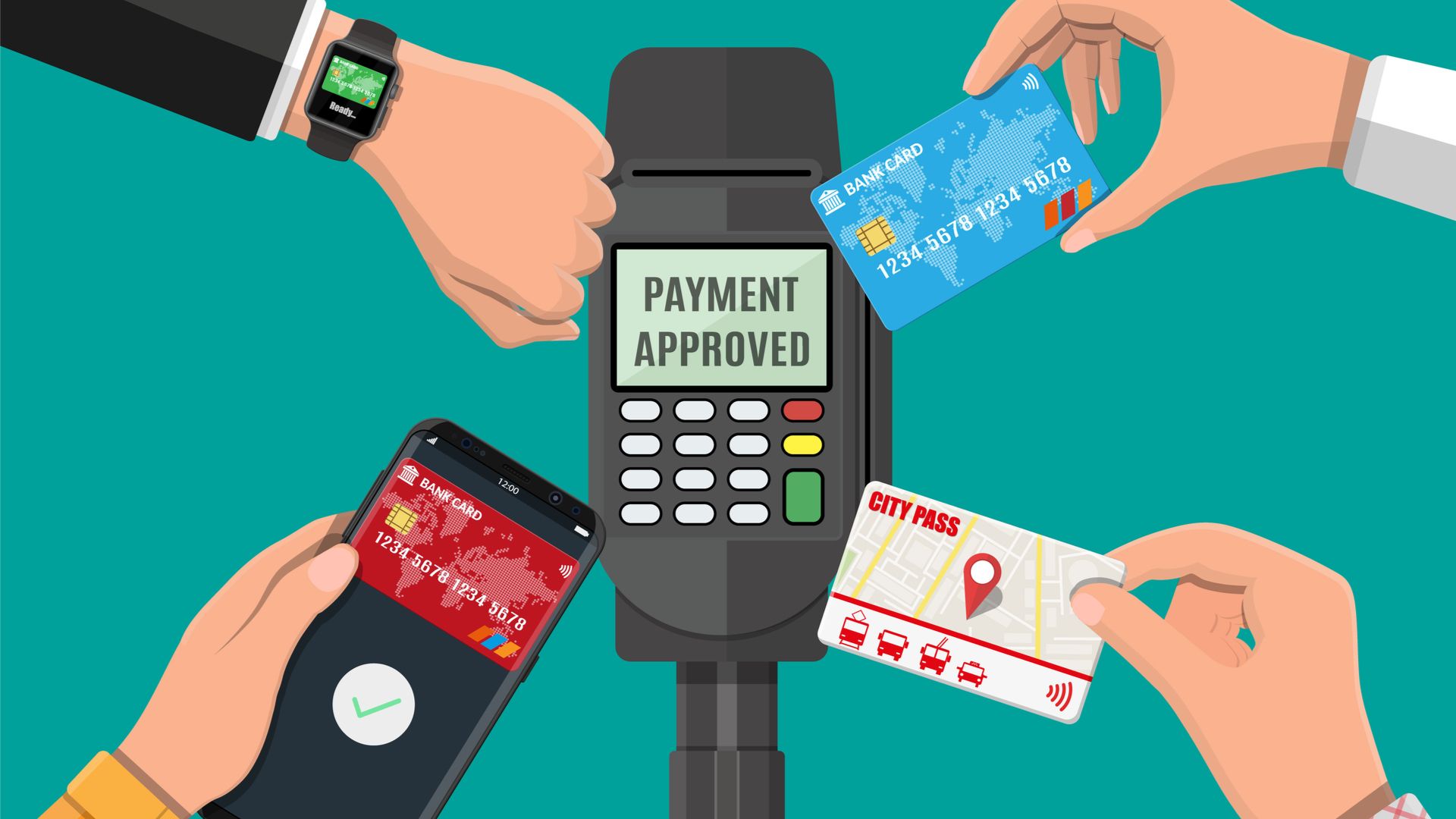The payment systems landscape is undergoing a radical transformation fueled by technological advancements that touch every aspect of how individuals and businesses conduct financial transactions. The innovations reshaping this sector are part of a broader digital wave influencing global economies.
Eric Hannelius, a renowned fintech entrepreneur and founder of Pepper Pay, has remarked, “Technology has merely enhanced payment systems. It has revolutionized how we conceptualize and interact with financial value exchange.”
The Rise of Digital Wallets.
Digital wallets have rapidly transitioned from novelty to necessity, representing a fundamental shift in consumer behavior. Digital wallets platforms are offering an ecosystem of seamless integration with retail and online marketplaces, making transactions as easy as a single tap. The growth of these wallets highlights consumers’ preference for convenience, particularly in environments that demand speed and efficiency. These solutions also serve as a gateway to financial inclusion, allowing unbanked populations access to digital commerce. Businesses, meanwhile, face increasing pressure to adopt these technologies to meet customer expectations and remain competitive.
Blockchain and Cryptocurrencies.
Blockchain technology, with its decentralized and immutable ledger system, is challenging traditional financial frameworks. Cryptocurrencies are emerging as viable alternatives to conventional currency, offering reduced transaction costs and greater transparency. Governments and central banks are also exploring digital currencies (CBDCs) to modernize their financial systems.
As Eric Hannelius notes, “Blockchain’s potential lies in its ability to build trust through technology, eliminating intermediaries while maintaining security.” Despite its promise, blockchain adoption faces hurdles, including regulatory challenges, scalability issues, and public skepticism.
AI and Machine Learning in Fraud Prevention.
Artificial intelligence (AI) and machine learning are proving indispensable in the fight against financial fraud. These technologies analyze vast amounts of transaction data in real-time to detect irregular patterns indicative of fraudulent activity. Traditional fraud prevention methods relied heavily on human oversight, which often lagged behind increasingly sophisticated cyberattacks. AI, however, adapts and learns from evolving threats, offering businesses and consumers enhanced protection.
Eric Hannelius points out, “AI’s role in securing payment systems is essential for building consumer confidence in digital transactions, particularly as payment methods grow more complex.”
Contactless and Biometric Payments.
The demand for contactless payment methods has soared, propelled by consumer concerns about hygiene and convenience. Technologies such as Near-Field Communication (NFC) have become standard in most modern payment terminals, enabling rapid transactions without the need for physical interaction. Biometric authentication, including fingerprint scans and facial recognition, has further elevated security standards while maintaining user convenience. These advancements reflect a broader trend toward frictionless experiences, catering to a tech-savvy and time-conscious customer base.
Integration of Payment APIs.
Payment APIs have revolutionized how businesses handle transactions by embedding payment functionalities directly into their platforms. This seamless integration streamlines the customer experience and enables companies to gather insights from transactional data. From subscription services to e-commerce giants, the use of APIs has expanded, offering scalability and customization. However, the rapid integration of APIs also necessitates robust cybersecurity measures to protect sensitive data.
Challenges in the Era of Transformation.
While technological advancements have created opportunities, they have also introduced challenges that require careful navigation. Regulatory compliance remains a significant obstacle, as governments and financial institutions work to keep pace with innovations like blockchain and cryptocurrencies. Additionally, the growing sophistication of cyber threats demands continual investment in cybersecurity infrastructure. Smaller enterprises, in particular, may struggle to afford such advancements, potentially widening the gap between large corporations and small businesses. Eric Hannelius cautions that “the payments industry must prioritize accessibility and security, ensuring that technological progress benefits all stakeholders.”
Economic and Consumer Impacts.
The transformation of payment systems has had far-reaching implications for global economies and individual consumers. Enhanced accessibility to digital payment options has broadened financial inclusion, enabling previously underserved communities to participate in economic activities. For businesses, adopting cutting-edge payment technologies has become a necessity for retaining and attracting customers. The rise of digital transactions has also spurred economic growth by reducing inefficiencies and fostering innovation in financial services.
The future of payment systems is poised to be shaped by emerging technologies such as quantum computing, Internet of Things (IoT) integration, and advancements in artificial intelligence. Quantum computing, for instance, promises to revolutionize encryption methods, making transactions more secure than ever. IoT devices are expected to enable seamless payments through everyday objects, from smart refrigerators to connected cars.

Eric Hannelius underscores the need for agility, stating, “The pace of innovation in payments requires businesses to adapt quickly while maintaining consumer trust and compliance.”
Technological transformation has redefined the payment industry and reshaped the global financial ecosystem. Innovations like digital wallets, blockchain, and AI-driven fraud prevention are setting new standards for efficiency, security, and accessibility. As businesses and consumers navigate this evolving landscape, the balance between adopting new technologies and maintaining trust will be critical to future success. The journey ahead promises to be as challenging as it is transformative, with opportunities for those ready to embrace change.











